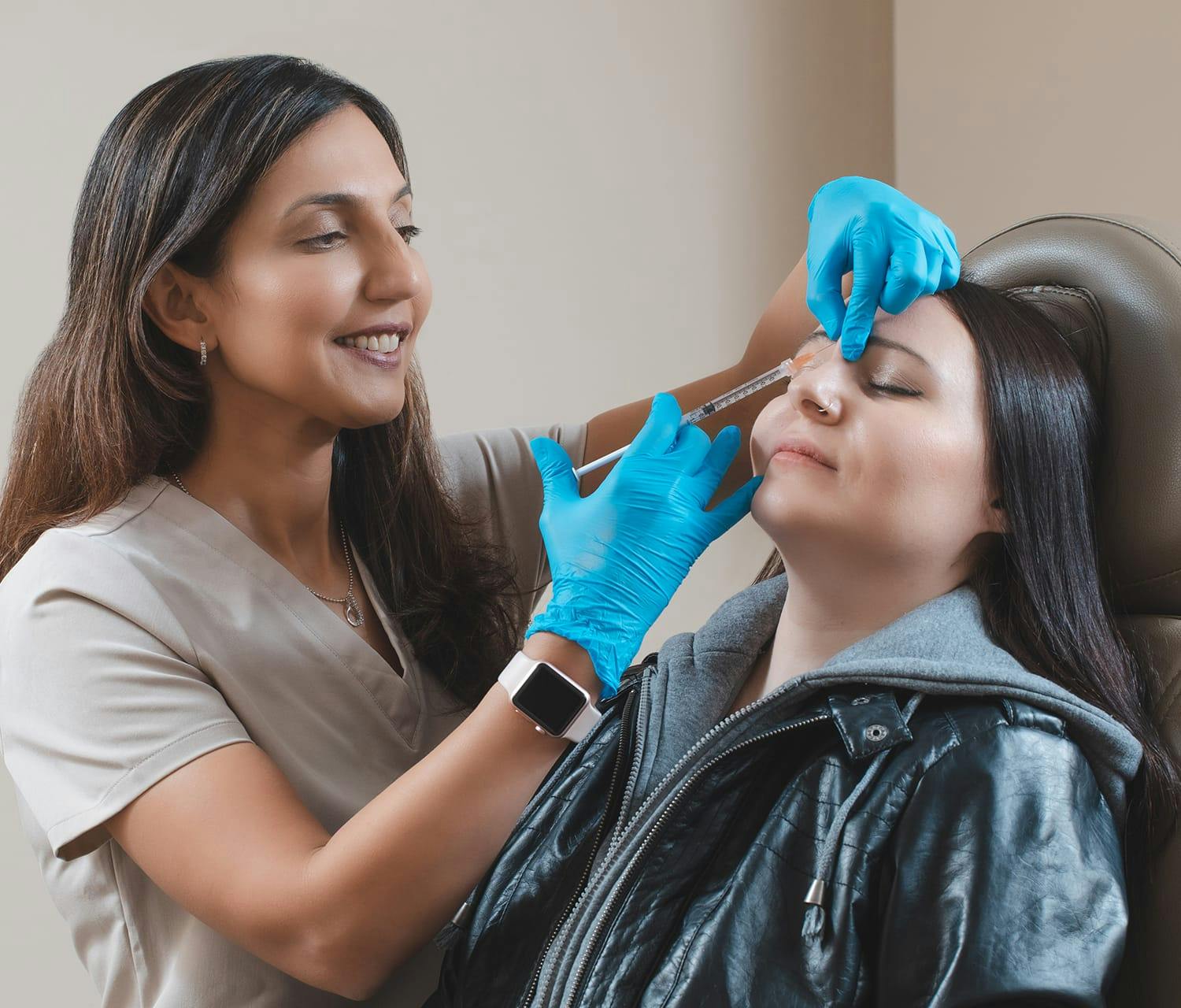Squamous cell carcinoma, while not a fatal form of skin cancer, should be addressed quickly. Certified Dermatology can help you diagnose and treat the issue if you suspect you may be dealing with squamous cell carcinoma.
Common Risk Factors
Risk factors for squamous cell carcinoma are similar to that of basal cell carcinoma and include sun exposure, sunburns, fair skin, and genetics. In addition to those risk factors, a history of prior radiation therapy puts you at a greater risk of developing squamous cell carcinoma. Patients who are undergoing immuno-suppression from chronic illness, infections such as HIV, or organ transplant patients on anti-rejection drugs are also at an increased risk of developing squamous cell carcinoma of the skin.






